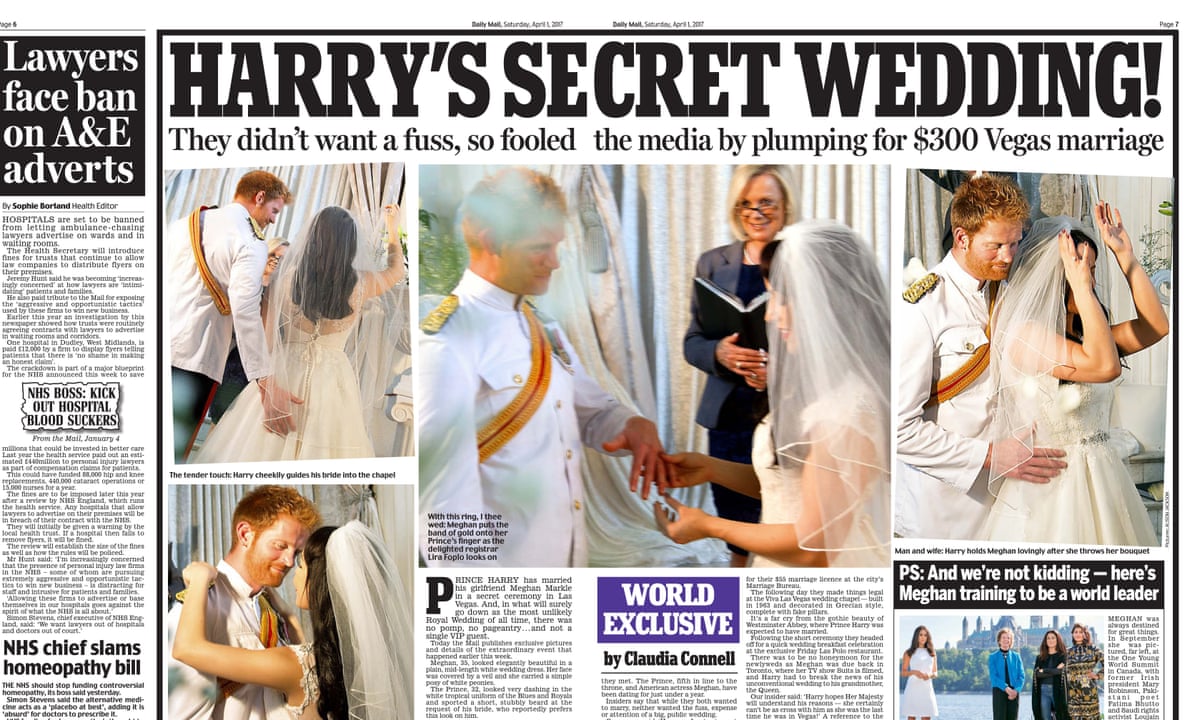Some Ideas on News Articles You Need To Know
Wiki Article
Little Known Questions About News Articles.
Table of ContentsThe 10-Minute Rule for News Articles9 Simple Techniques For News ArticlesHow News Articles can Save You Time, Stress, and Money.Excitement About News ArticlesFascination About News Articles
Great knowledge of different subjects offers trainees a competitive side over their peers. Although digital and social networks are readily accessible, we need to not neglect exactly how important it is to review the papers. Parents have to try and inculcate the routine of reading a paper as a day-to-day regimen to continue the heritage of the adored print tool.Newspaper article additionally contain a minimum of one of the following crucial attributes about the intended target market: closeness, prominence, timeliness, human passion, peculiarity, or repercussion. The relevant term journalese is sometimes utilized, normally pejoratively, to describe news-style writing. One more is headlinese. Papers generally follow an expository writing style.
Within these limits, news tales additionally aim to be comprehensive. Amongst the larger and much more reputable newspapers, justness and balance is a major variable in offering details.
Papers with an international audience, for instance, often tend to make use of an extra official design of creating. News Articles.; usual design guides consist of the and the US News Design Book.
Some Known Facts About News Articles.
Generally, journalists will not make use of a lengthy word when a brief one will certainly do. They utilize subject-verb-object building and construction and brilliant, energetic prose (see Grammar). They provide stories, instances and allegories, and they rarely rely on generalizations or abstract concepts. Information authors attempt to prevent making use of the very same word greater than once in a paragraph (often called an "echo" or "word mirror").
However, headlines often leave out the subject (e.g., "Leaps From Boat, Catches in Wheel") or verb (e.g., "Feline female fortunate"). A subhead (additionally subhed, sub-headline, subheading, caption, deck or dek) can be either a subservient title under the main headline, or the heading of a subsection of the write-up. It is a heading that precedes the major text, or a group of paragraphs of the primary text.

of a write-up topic, informant, or interviewee), it is referred to as a drawn quote or pull quote. Additional billboards of any one of these types may appear later in the article (especially on subsequent pages) to tempt additional analysis. Journalistic internet sites occasionally utilize animation techniques to exchange one billboard for another (e.g.
The smart Trick of News Articles That Nobody is Talking About
Such signboards are likewise utilized as guidelines to the write-up in other areas of the publication or website, or as ads for the item in other publication or sites. News release of the Swiss government. Common structure with title, lead paragraph (summary in strong), various other paragraphs (details) and call information.
Example of a hard-lead paragraph NASA is recommending another space project. The agency's budget plan request, revealed today, included a strategy to send an additional objective to the Moon. This time the agency wants to establish a lasting center as a jumping-off point for various other room experiences. The budget demands roughly $10 billion for the project.
The NASA news came as the company requested $10 billion of appropriations for the job. An "off-lead" is the second most important front page news of the day. click here now The off-lead appears either in the leading left edge, or directly listed below the lead on the. To "bury the lead" is to begin the article with background details or information of additional value to the visitors, requiring them to find out more deeply right into an article than they should need to in order to find the necessary factors.
9 Easy Facts About News Articles Described
Common use is that a person or 2 sentences each form their very own paragraph. Journalists generally describe the organization or framework of a newspaper article as an inverted pyramid. The crucial and most interesting aspects of a tale are placed at the start, with sustaining details following in order of decreasing value.It permits individuals to discover a subject to just the deepness that their curiosity takes them, and without the imposition of information or subtleties that they might think about pointless, however still making that info available to Full Report a lot more interested visitors. The upside down pyramid framework also enables articles to be cut to any arbitrary size during format, to fit in the space offered.
Some writers start their tales with the "1-2-3 lead", yet there are several kinds of lead readily available. This format invariably starts with a "Five Ws" opening up paragraph (as explained above), complied with by an indirect quote that offers to sustain a significant aspect of the initial paragraph, and then a straight quote to sustain the indirect quote. [] A twist can describe multiple things: The last tale in the news program; a "pleased" story to end the show.
Longer write-ups, such as magazine cover articles and the pieces that lead the inside areas of a paper, are understood as. Function tales differ from straight information in a number of means.
News Articles Can Be Fun For Anyone
The journalist often information communications with interview topics, making the item extra personal. A function's initial paragraphs frequently relate a fascinating moment or event, as in an "unscientific lead". From the details of a person or episode, its sight quickly expands to generalities concerning the story's topic. The area that indicates what a feature has to do with is called the or billboard.
The Editor's Toolbox: A Referral Overview for Beginners and Professionals (2001) Allan M. Siegal and William G. Connolly. The New York Times Guidebook of Style and Usage: The Official Design Overview Used by the Writers and Editors of the Globe's Most Reliable Paper (2002) M. L. Stein, Susan Paterno, and R.
Report this wiki page